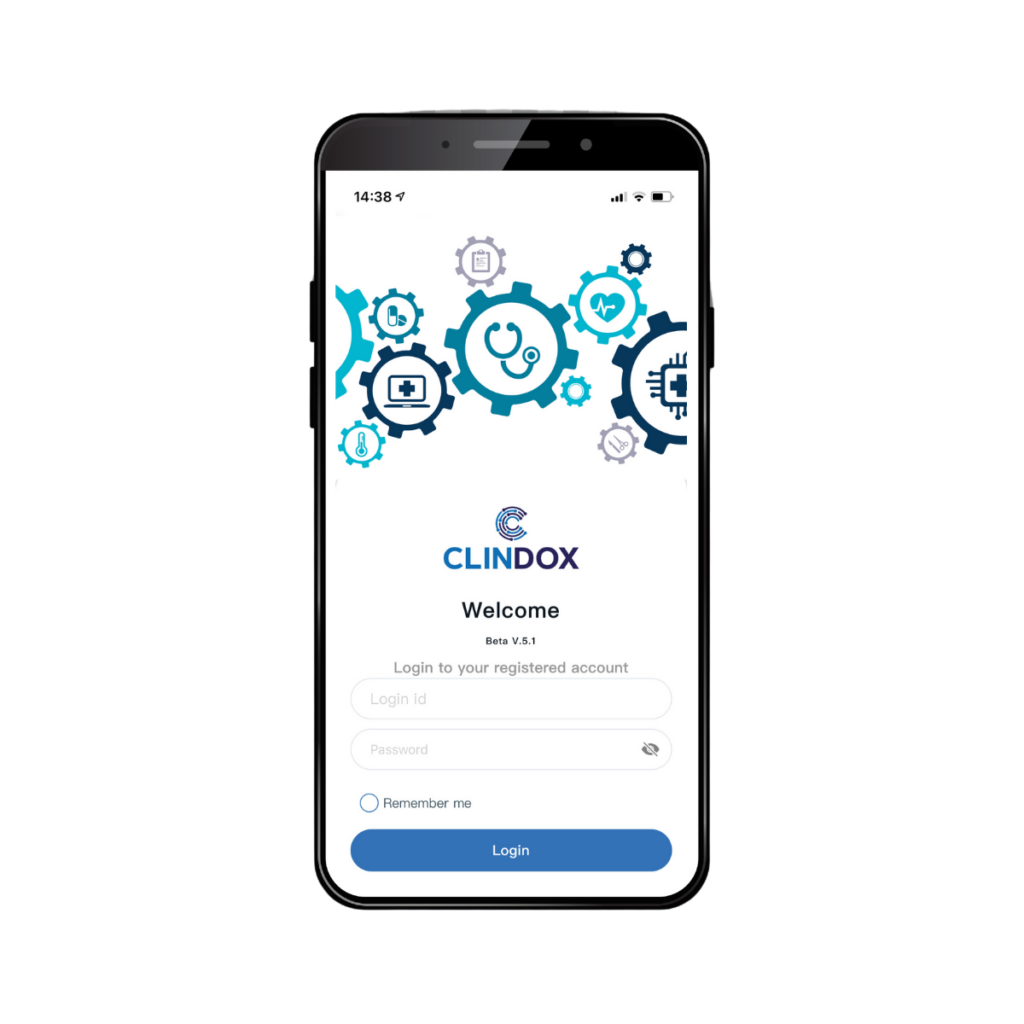Post Market Clinical Follow up (PMCF)
For most devices – new and existing – PMCF will be a key element of PMS. PMCF is defined as a continuous process that updates the clinical evaluation; the manufacturer is expected to proactively collect and evaluate clinical data from use in or on humans of a device which already bears the CE marking (currently on the market or in service) within its intended purpose.
Prior to MDR, proactive PMCF activities, such as PMCF studies, were, by and large, limited only to devices in the higher risk classes. This situation was due largely to device manufacturers exploiting shortcomings and loopholes in the regulations and supporting MEDDEV guidelines.
A core expectation of MDR is that the PMS plan will almost certainly feature PMCF. Prior to MDR, proactive PMCF activities, such as PMCF studies, were, by and large, limited only to devices in the higher risk classes. This was not an explicit objective of MDD but was, instead, an unanticipated outcome caused by device manufacturers exploiting shortcomings and loopholes in both MDD regulations and supporting MEDDEV guidelines. No surprises there. PMCF requirements are now far more exacting and many manufacturers – particularly at the lower end of the SME range – are discovering that their Clinical Operations resources and capabilities are inadequate to meet the challenges ahead.
Manufacturers will be expected to produce and a PMCF plan with detailed justifications of the activities included. The Notified Body will have sign-off on the plan and it will also be up to the NB to adjudicate on any request for exemption from PMCF activities based on claimed equivalence.






